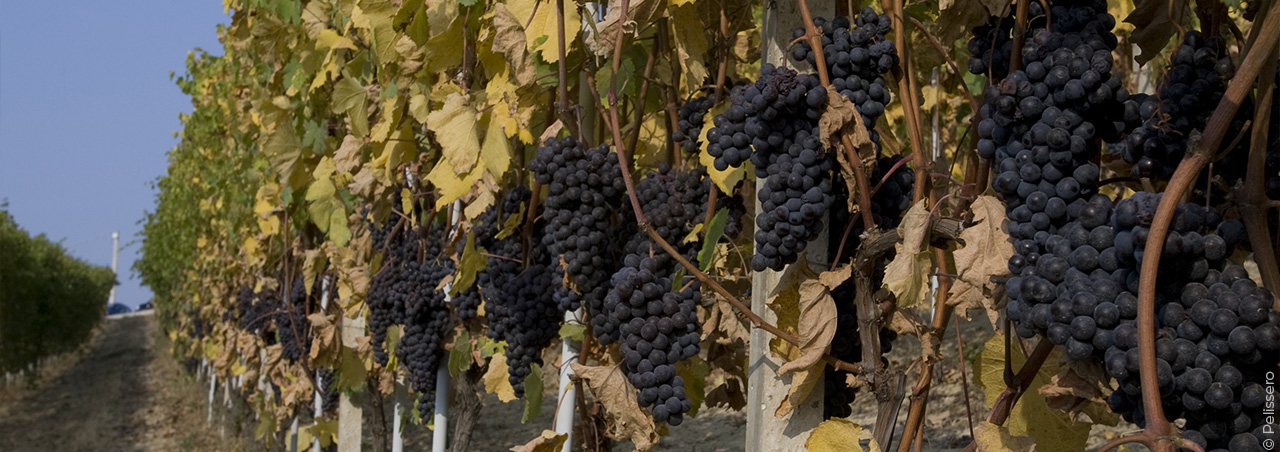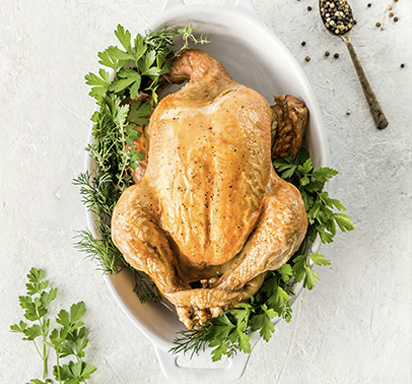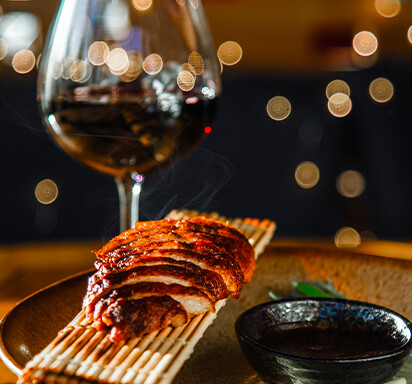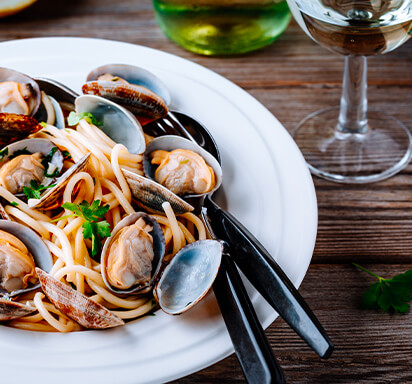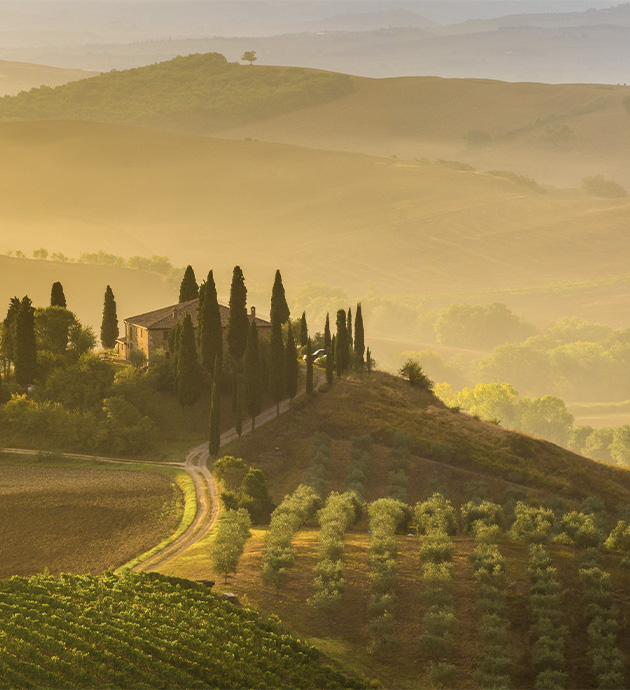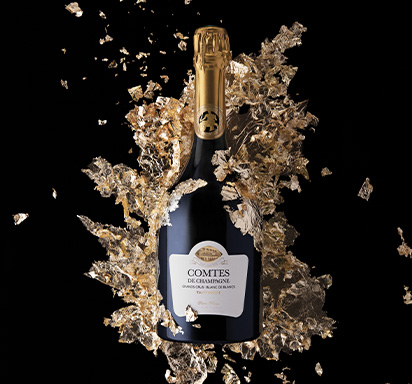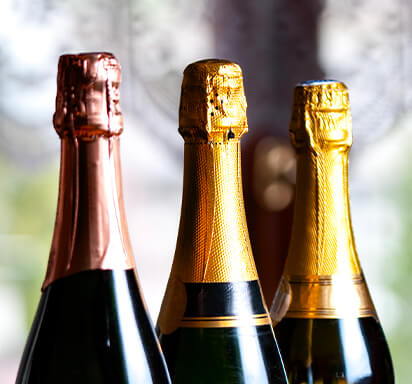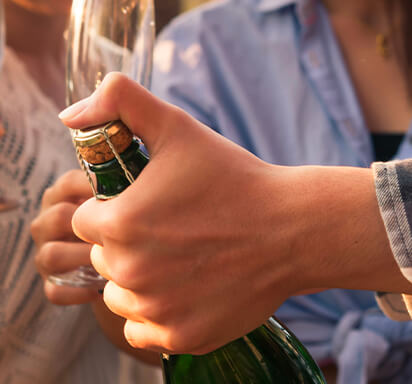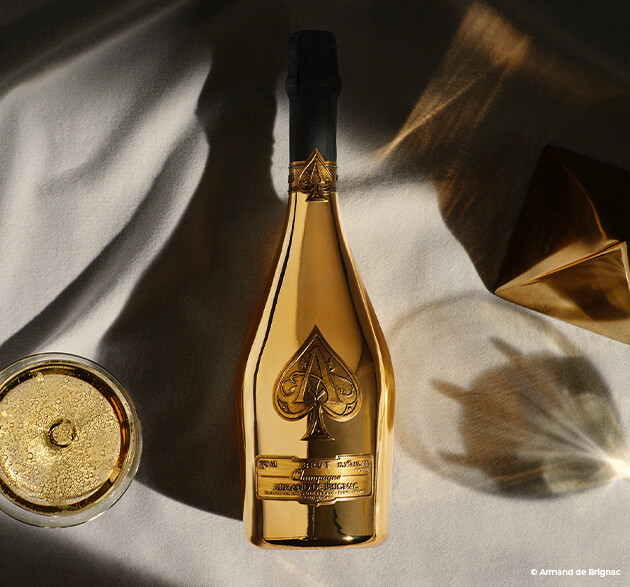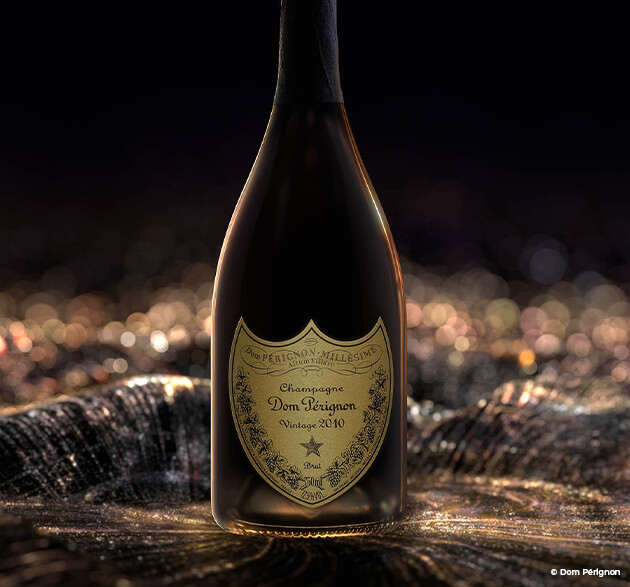Wine Guide
But what exactly makes the fine wine from this top northern Italian appellation a world-class wine? Join us on a journey as we delve into the world of Barolo wines and uncover the secrets behind their timeless allure.
4/15/2024Food and wine pairings
Food and wine pairing is a culinary art that goes hand in hand with gastronomy. By following a few basic rules and knowing a handful of delicious dishes, the perfect food and wine pairing experience is within everyone's reach!
From the timeless Chardonnay to the light Pinot Noir, this food and wine pairing guide is your passport to unforgettable dining experiences with succulent chicken and poultry dishes.
1/31/2024Duck is a fascinating ingredient in that while it is technically considered a poultry, it can also be classified as a dark meat for its bloody, firm texture and gamey flavor. Duck can be prepared in a myriad of ways.
2/14/2023Flour, olive oil, egg, salt – these four easy-to-find ingredients are used to make the base for one of the most versatile dishes in the culinary world: pasta. Discover the wines that pair best with pasta
2/14/2023All about wine
Discover the art of winegrowing, how to recognise a grape variety, how to decant a red wine, how to recognise the different appellations and regions. Valuable wine knowledge enables you to appreciate this thousand-year-old drink.
But what exactly makes the fine wine from this top northern Italian appellation a world-class wine? Join us on a journey as we delve into the world of Barolo wines and uncover the secrets behind their timeless allure.
4/15/2024Embark on a captivating journey through Barolo wines in Piedmont, Italy. In this guide, learn more as we unravel the rich history, diverse terroir, and unparalleled flavors of Barolo wines.
4/3/2024All about Champagne
When it comes to celebrating life’s special moments, no wine fits the bill quite like a chilled bottle of Champagne. We have created a new Champagne Guide to help clear up some of the confusion around this world-famous bubbly!
Experience the epitome of elegance with the Taittinger Champagne House. From the iconic Comtes de Champagne to expert food pairings, savor a symphony of flavors in every exquisite sip.
1/15/2024Nothing screams celebration quite like popping open a fine bottle of Champagne at one of your special events. But how do you choose a bottling that matches your event? For a wedding, a meal with friends or a birthday celebration..
4/3/2023To help you safely open a bottle of bubbly, we have put together a guide with 6 simple steps. Learn more about when to open a bottle of Champagne and how to do it in the safest and most graceful way.
3/11/2023Wine FAQs
Dom Perignon. Veuve Clicquot. Margaux. Petrus… The greatest names in the world of wine are often those most shrouded in mystery. We have assembled some of the most Frequently Asked Questions on wine brands and answered them all.
How much do you know about this brand of prestige champagne? In this article, we take a look at our clients’ most frequently asked questions about Ace of Spades Champagne and answer them the best we can.
3/9/2023Is it Dom or Don? What are those bottles with the glow-in-the-dark label called? In this article, we take a look at some of clients’ most frequently asked questions about Dom Perignon and we do our best to answer all of them.
3/9/2023